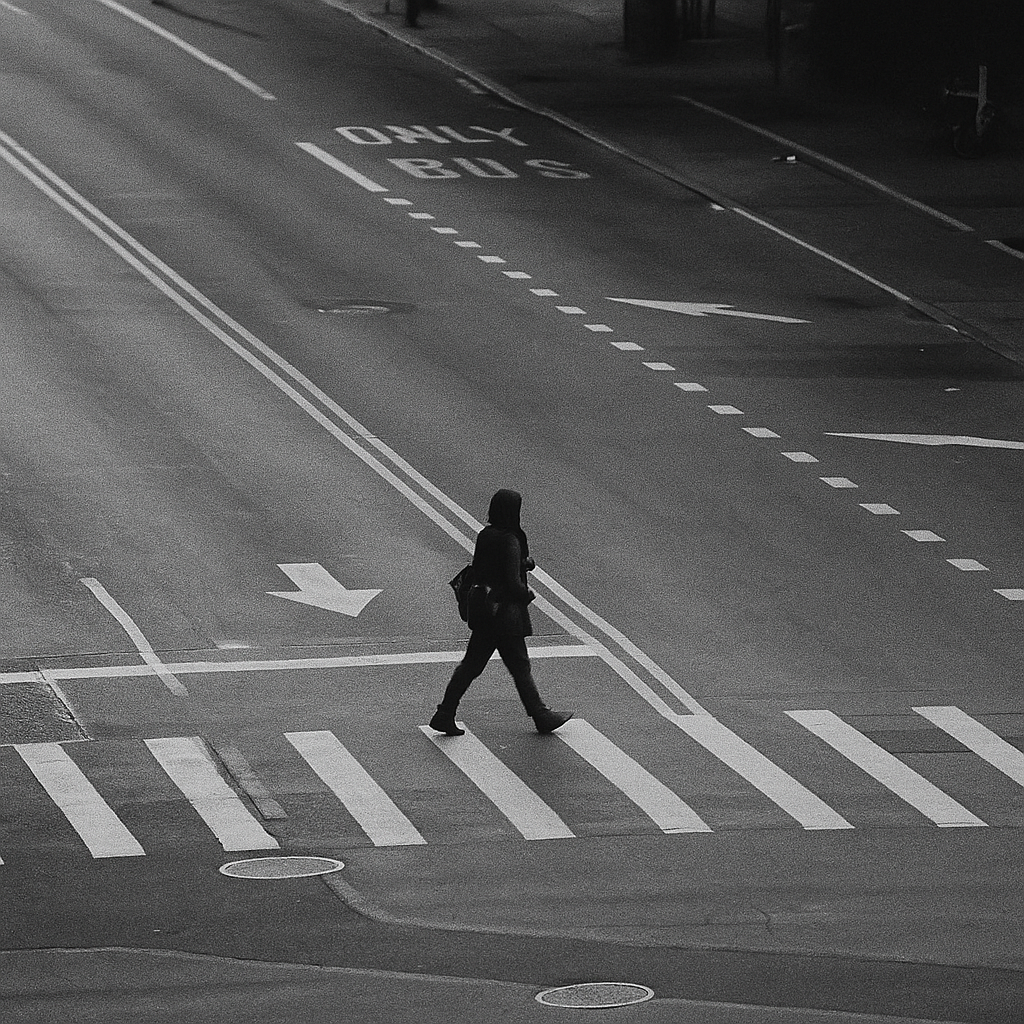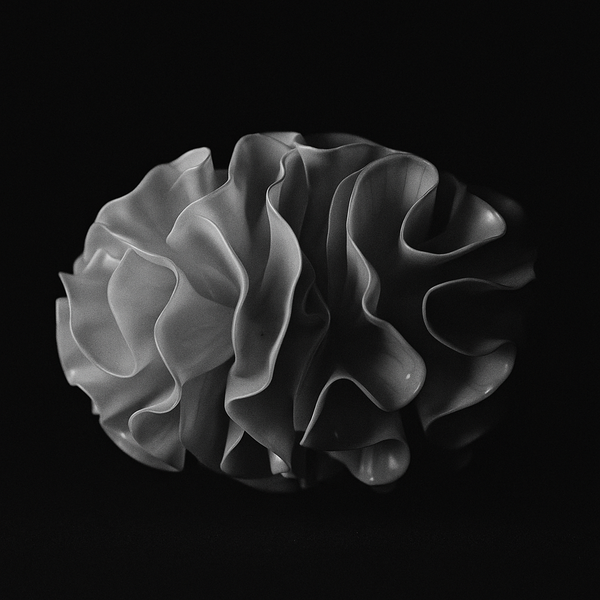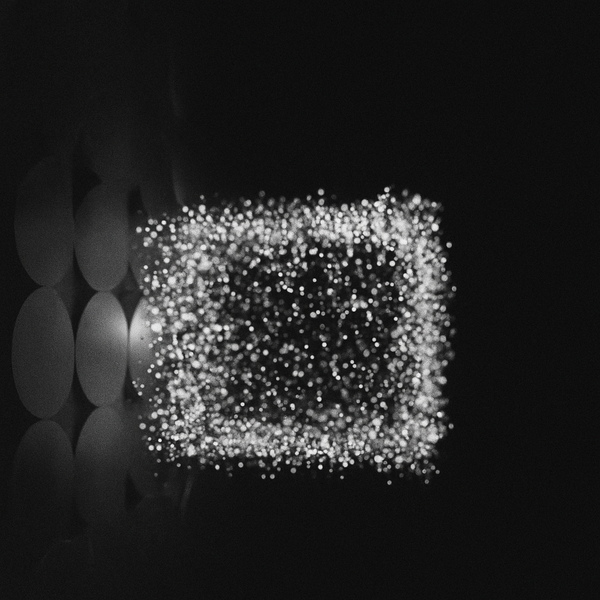The Subtle Art of Being Seen: AI, Public Spaces, and Community

The morning commute in any major city reveals a peculiar modern choreography: hundreds of people moving through the same space while actively avoiding each other's gaze. We've perfected the art of being alone together, heads down, earbuds in, creating invisible bubbles of solitude even in the most crowded places. This dance of disconnection appears across modern cities—recent evidence comes from Boston, New York, and Philadelphia, but it symbolizes something we're losing in urban life everywhere.
The acceleration of urban life has altered how we inhabit public spaces. Where once a town square or park bench might invite lingering and chance encounters, our contemporary relationship with shared spaces has become purely transactional. We pass through rather than pause within. The sense of cozy togetherness that some cultures celebrate feels increasingly foreign in cities designed for efficiency rather than encounter.
Yet something unexpected is emerging in this landscape of isolation: artificial intelligence is beginning to reshape how we experience public spaces, not by adding more screens to stare at, but by creating environments that respond to our collective presence in ways that make us newly aware of each other.
The Invisible Made Visible
In parks designed to celebrate cultural diversity, the challenge isn't just bringing people together physically—it's creating moments of recognition across difference. New AI installations are beginning to explore how design can make the invisible threads between strangers suddenly apparent.
Some projects demonstrate AI's capacity to respond to how people navigate spaces—not for surveillance, but for artistic expression. These systems create what might be called "ambient awareness." You become conscious of others not through direct interaction, but through seeing your combined presence reflected back in unexpected ways.
This differs fundamentally from traditional public art. A statue or mural exists independently of its viewers. But responsive installations create what one might call "collective portraits"—representations that only exist when multiple people share the space. The technology becomes a mirror not for individual narcissism, but for communal recognition.
Digital Rituals and Real Connection
What strikes me most about these emerging technologies is how they echo older forms of public ritual. Many cultures have traditions of communal work where neighbors come together for shared tasks. The ritual matters less for what gets accomplished than for how it reinforces social bonds through synchronized action. Modern AI installations create similar opportunities for what anthropologists call "collective effervescence"—those moments when individual consciousness merges into group awareness.
Consider how public spaces traditionally fostered moments when external stimuli prompt strangers to talk to each other. A street performer, an unusual sculpture, a fountain—these elements give people permission to break the silence. AI-driven installations amplify this effect by making the audience part of the performance.
The key lies in what I think of as "gentle noticing." Unlike social media's aggressive attention economy, these installations don't demand interaction or extract data for profit. They simply make visible what already exists: the fact that we share these spaces, that our movements create patterns, that we affect each other whether we acknowledge it or not.
The Architecture of Encounter
Contemporary architecture increasingly embraces designs that improve life without requiring people to change their behavior dramatically. This philosophy translates perfectly to AI-enhanced public spaces. Rather than forcing interaction, they lower the barriers to connection.
Much energy gets expended maintaining personal boundaries in shared spaces. The unwritten rules about where to sit on a bench, how long to hold a door, whether to acknowledge someone's presence—these negotiations exhaust us before genuine connection becomes possible. Well-designed AI installations can ease this burden by creating what I call "permission structures" for interaction.
When an installation responds to multiple people simultaneously, it provides a shared focus that makes interaction feel natural rather than forced. You're not approaching a stranger; you're both responding to something external. The technology becomes a social lubricant, much like how discussing the weather once provided safe common ground for conversation.

Beyond Surveillance Culture
Of course, any discussion of AI in public spaces must address the elephant in the room: surveillance. We've grown justifiably wary of cameras and sensors in shared spaces, knowing how easily observation becomes control. The challenge lies in distinguishing between systems that watch us for external purposes and those that reflect us back to ourselves.
The difference might seem subtle, but it's crucial. Surveillance extracts value from public life for private gain. But artistic and community-focused AI installations return that value to the public realm. They don't store your data or track your identity; they simply respond to presence and movement in the moment.
This distinction matters because public spaces have always involved being seen. Many cultures celebrate evening strolls where people see and are seen as a form of community participation. The question isn't whether we're observed in public, but who benefits from that observation and how.
Recovering Presence
What we've lost in our hurried urban existence isn't just connection with others, but presence itself—the ability to fully inhabit the spaces we move through. Many cultures have rituals that mark time and create shared moments. We need similar rituals for everyday public life, ways to mark our passage through shared spaces as meaningful rather than merely functional.
AI installations offer one path toward this recovery of presence. By making our collective patterns visible and beautiful, they invite us to slow down and notice—not just the technology, but each other. They transform public spaces from mere thoroughfares into meeting places, even when no formal meeting occurs.
The subtle art of being seen isn't about performance or self-promotion. It's about acknowledging our fundamental interdependence, the way our individual paths create collective patterns. As cities grow denser and faster, we need new ways to recognize each other as fellow travelers rather than obstacles. AI, paradoxically, might help us recover something deeply human: the quiet recognition that we're all here together, sharing the same light, breathing the same air, creating the city with every step we take.
References
- https://en.wikipedia.org/wiki/Life_Cube_Project
- https://en.wikipedia.org/wiki/Art_in_Odd_Places
- https://en.wikipedia.org/wiki/Refik_Anadol
- https://arxiv.org/abs/2508.19256
- https://arxiv.org/abs/2408.05476
- https://arxiv.org/abs/2510.15865
- https://en.wikipedia.org/wiki/Libby_Heaney
- https://bmcpublichealth.biomedcentral.com/articles/10.1186/s12889-025-22680-w
- https://en.wikipedia.org/wiki/Eve_Mosher
- https://www.nationalgeographic.com/environment/article/urban-threats
- https://arxiv.org/abs/2306.03753
- https://pubmed.ncbi.nlm.nih.gov/31677271
- https://www.usahistorytimeline.com/pages/the-effects-of-urbanization-on-american-communities-fea1ff64.php
- https://www.prb.org/resources/urbanization-an-environmental-force-to-be-reckoned-with
- https://thefriendify.com/blog/urbanization-friendship-divide-social-bonds
- https://www.technologyreview.com/2025/10/21/1124752/walking-faster-hanging-out-less
- https://www.wired.com/story/samsung-galaxy-xr-gemini-android-xr-mixed-reality-headset
Models used: gpt-4.1, claude-opus-4-1-20250805, claude-sonnet-4-20250514, gpt-image-1




